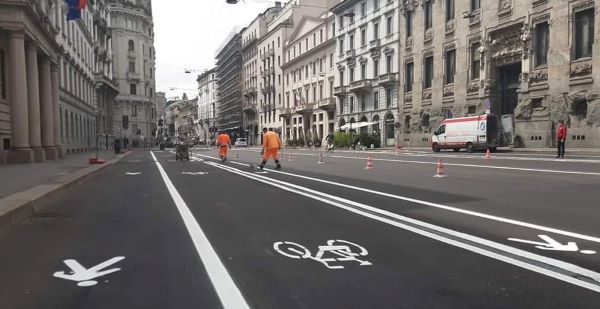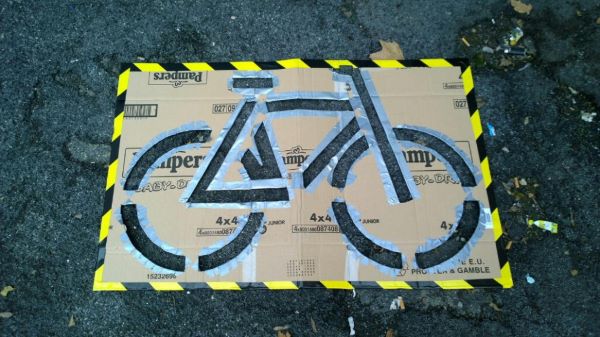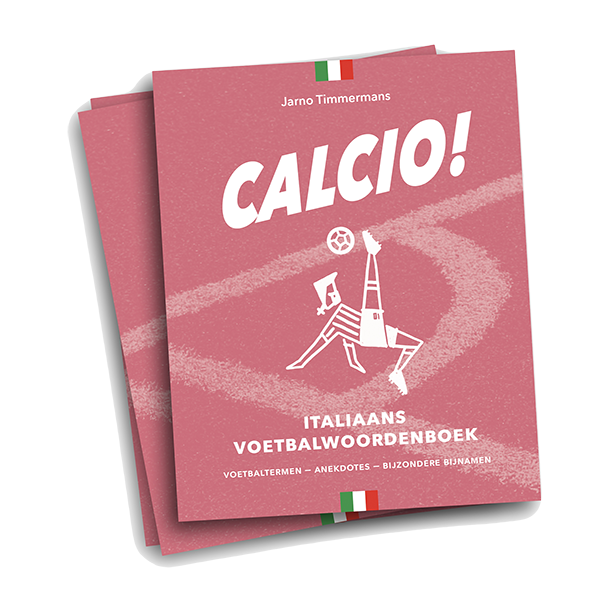Corona: Moving Italian Mobility
Mobility is rapidly changing its course in urban Italy. With corona providing a serious tailwind, cities such as Milan and Rome change gears and head for less-cars-and-more-bikes.

This month started with some turbulence from American investor Warren Buffett: “The world has changed for airlines and I wish them well.” The corona virus is reshaping our world. Whether we like it or not. Including transportation and mobility. Sustainable mobility. The lockdown in Italy is for example changing dynamics in freight transport (read in Dutch: kansen voor intermodaal transport). But urban developments are even more eyecatching.
Milan’s ambitious scheme
In response to the coronavirus crisis, Milan will introduce one of Europe’s most ambitious schemes: reallocating street space from cars to cyclists and pedestrians. Its Strade Aperte plan (‘Open Streets’) includes temporary cycle lanes and 30km speed limits. The region Lombardy and its capital Milan are Italy’s economic powerhouse. They are also among Europe’s most polluted areas and have been hard hit by the corona outbreak. The lockdown period has a big impact on traffic congestion and air pollution: they dropped by 30-75%. Another indication that change is needed.
Sustainability is now
Previously, authorities were planning for 2030. But with the gradual lifting of lockdown restrictions comes the fear that citizens will avoid public transport and travel by car. The crisis has shifted the paradigm drastically and officials are planning for his year, not the near future. Milan city officials have announced that this summer 35km of streets in Milan will be transformed into cycling and walking space. Sustainability is now.
Rome, Naples and Bologna
Milan is not the only Italian city to change its course on urban mobility. The mayor of Naples announced that the city will promote cycling in this Phase 2. How? By accelerating the creation of more space for bike lanes and bikes. Bologna is creating mobility hotspots around train stations. These intermobility solutions will focus on getting people out of their cars by offering them better connections and more space for bikes. The mayor of Rome announced the planned construction of 150 km of bike lanes. An attempt to help decongest its traffic and give sustainable mobility a boost.

DIY bike lanes
For some people, these changes are coming to slowly. For Rome’s and Milan’s own guerrilla cyclists for example. In Rome for example every now and then DIY-bike lanes appear in places like the Santa Bibiana tunnel. If the provisionally painted lanes are removed by the authorities, they magically reappear. Hopefully, this little game of cat and (mobility) mouse will soon be superfluous and part of local folklore…
